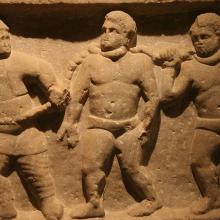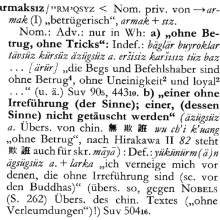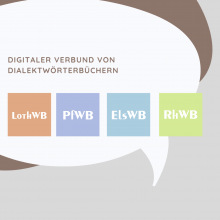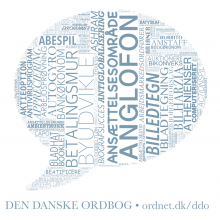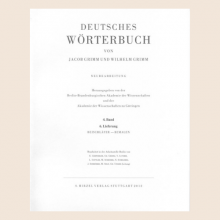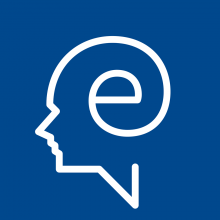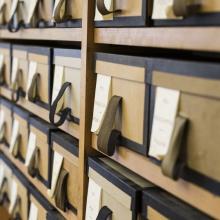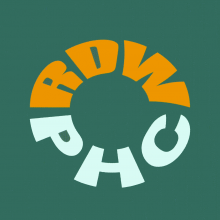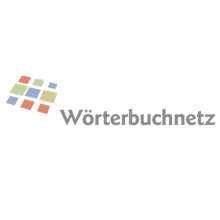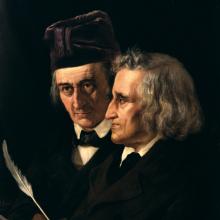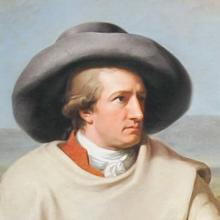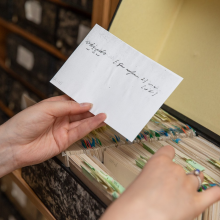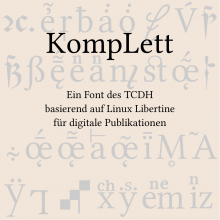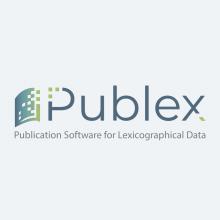Digital Lexicography
Publishing, Developing and Connecting Dictionaries in Open Access
Lexicography is Digital Today
When developing dictionaries, digital processes have been used for a long time; the hybrid format has often been chosen for their publication for many years, i.e. a print version and a digital edition are published.
Since the founding of the TCDH in 1998, the digital publication and indexing of dictionaries and reference works and their linking have been important focus areas. The development of these resources has been based on international standards from the start. Due to the digital networking of the dictionaries, users can carry out simple comprehensive searches.
In the “Dictionary Network”, which is used intensively by the community and the interested public - which records around 30,000 hits every day -, over thirty lexical knowledge resources are currently linked with one another: encyclopedias, dictionaries of the older language levels of German and regional lexicons as well as dialect dictionaries, “Meyer's Large Conversation Lexicon”, the “German Dictionary by Jacob Grimm and Wilhelm Grimm” and the “Goethe Dictionary”. The generic architecture of the dictionary network infrastructure enables efficient expandability of the offer and the rapid integration of further sources (marked in XML). The dictionary network offers a variety of research options. For example, it is possible to trace a keyword from the Grimm Dictionary to the Goethe Dictionary or to regional-language dictionaries.
In addition, the TCDH is currently developing the generic, modular tool “Publex”, which enables the independent and simple publication of dictionaries by the scientific community and external dictionary projects. Short tutorials will introduce you to the operation. “Publex” is part of the EU project ELEXIS funded by “Horizon 2020”, in which seventeen partner institutions from fourteen countries are involved.
One of the early and most frequently used projects of the TCDH was and is the “Digital Grimm”, the most important and most extensive dictionary of the German language. This project aimed at the digital availability and searchability of the German dictionary by Jacob Grimm and Wilhelm Grimm, which was published between 1854 and 1971. “A massif becomes a disc” was the headline of Spiegel in 2003 on the occasion of the publication of the “Digital Grimm” on the Internet and, as usual at that time, on CD-ROM - 33 volumes were digitally edited. The digital reference work, like the dictionary network, has become an indispensable part of any kind of philological or linguistic history work. With version 1/2021 of the dictionary network, the revision of the German dictionary (A – F; ²DWB) is also available digitally now.
The first project of the TCDH in the field of digital lexicography was the DFG project “Middle High German Dictionaries”, in which the “Mittelhochdeutsche Wörterbuch” by Georg Friedrich Benecke, Wilhelm Müller and Friedrich Zarncke (= BMZ, 1854– 1866), the “Mittelhochdeutsche Handwörterbuch” by Matthias Lexer (1872–1878) and its supplements as well as the “Findebuch zum Mittelhochdeutschen Wortschatz” (1986–1992) were retro-digitized, marked in XML and published both on the Internet and on CD-ROM between 1997 and 2002.
In the period from 2016 to 2019, the BMBF funded the joint project “ZHistLex”, in which the TCDH was involved as a partner in addition to the science academies in Berlin, Göttingen and Mainz as well as the universities of Gießen and Frankfurt. The aim of this project was to set up a multi-site eHumanities center for historical lexicography. Generic methods for the integration, presentation and use of digital dictionary and corpus data were jointly developed and documented and tested when setting up a lexicographical research portal in order to find new possibilities for digital research and research into historical lexicography and its results, for example in the field of word and vocabulary history. “ZHistLex” should become a point of contact that bundles the knowledge that has grown over the course of the discipline in a contemporary and systematic form in order to make it available for current and future research. The center, thus, also had an integrative function, suitable to intensify and consolidate the scientific cooperation and the exchange of scientists at academies, universities and research institutes such as the Institute for the German Language.


